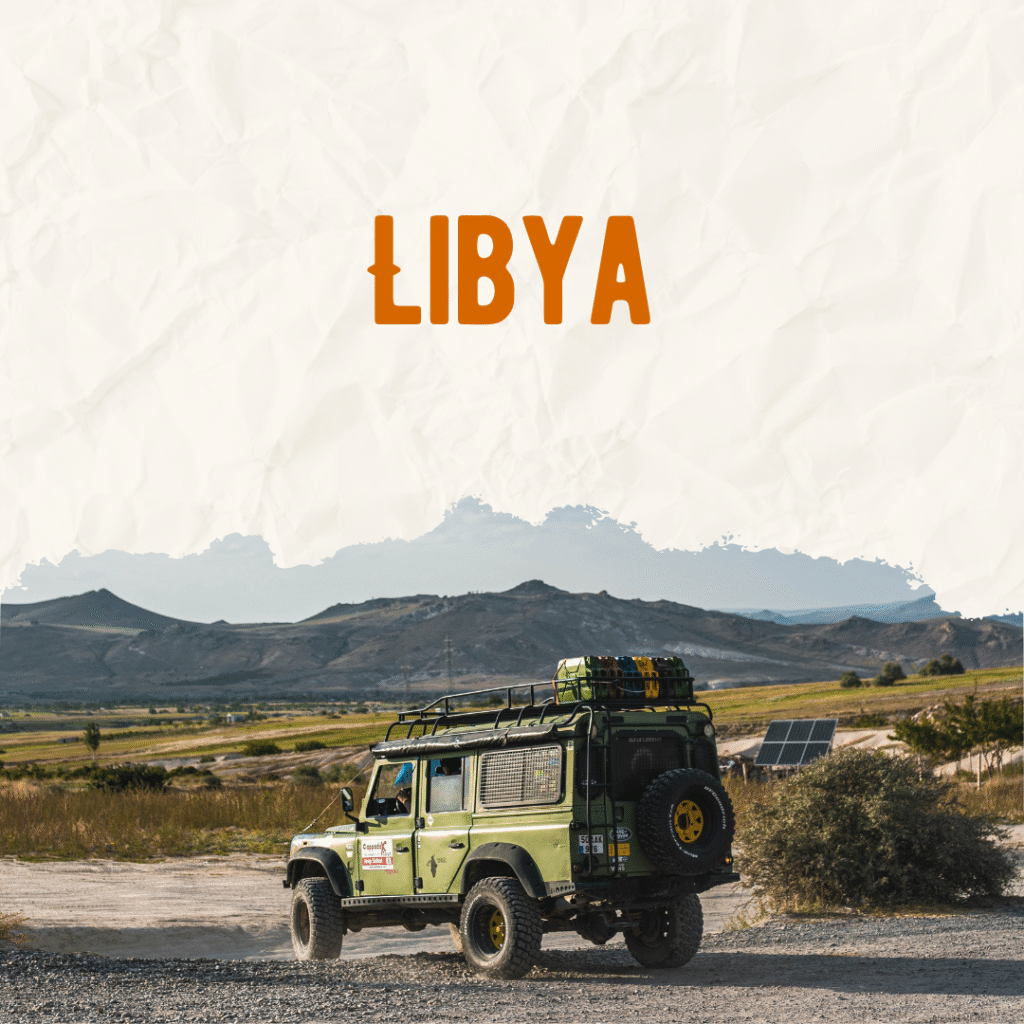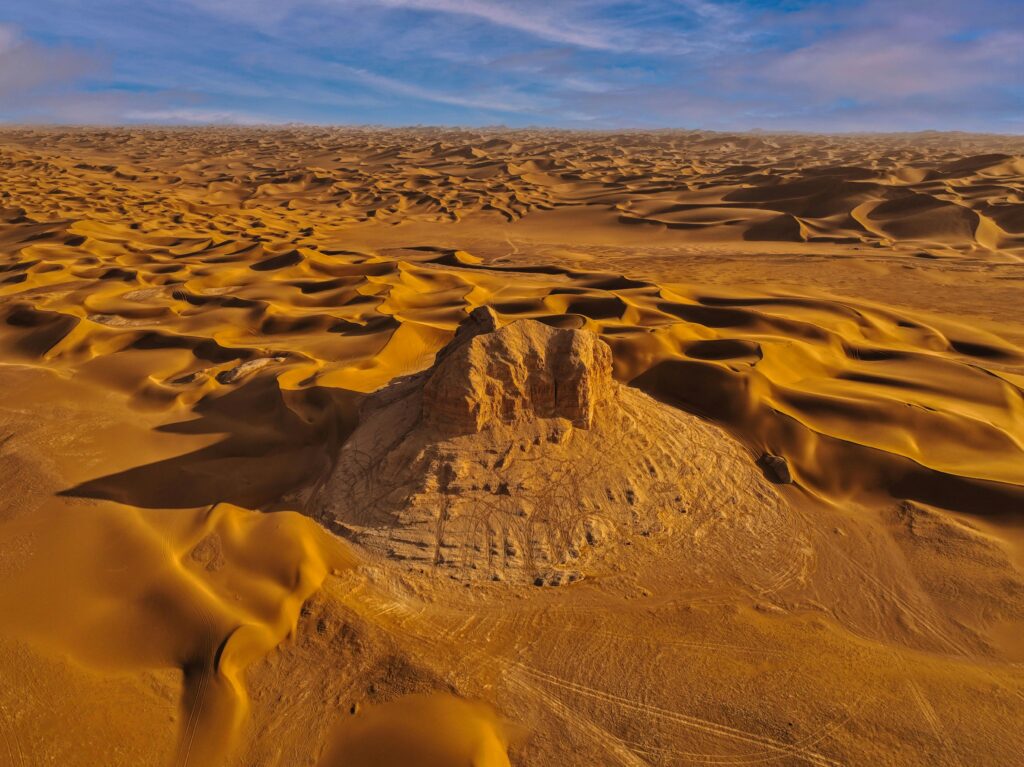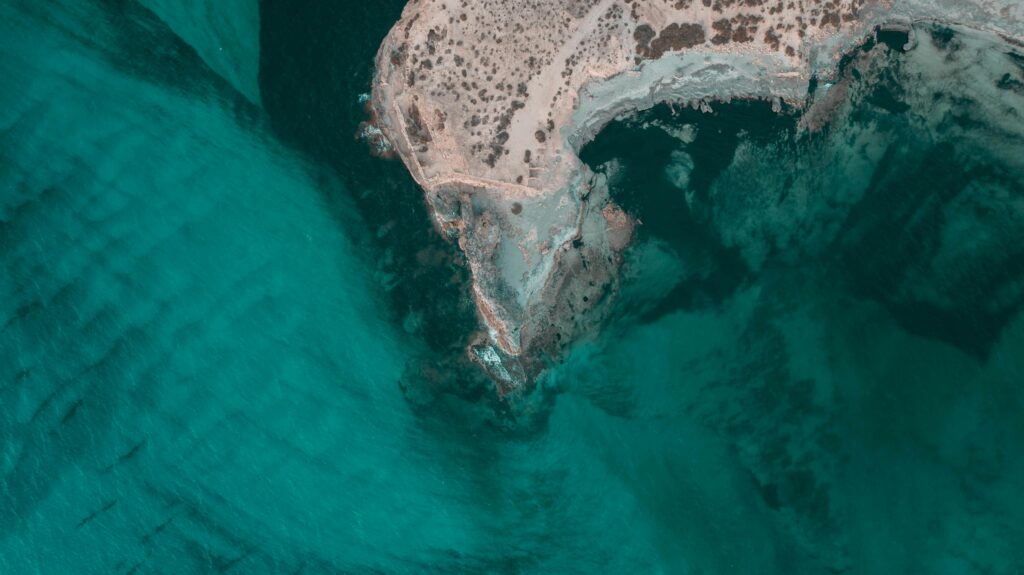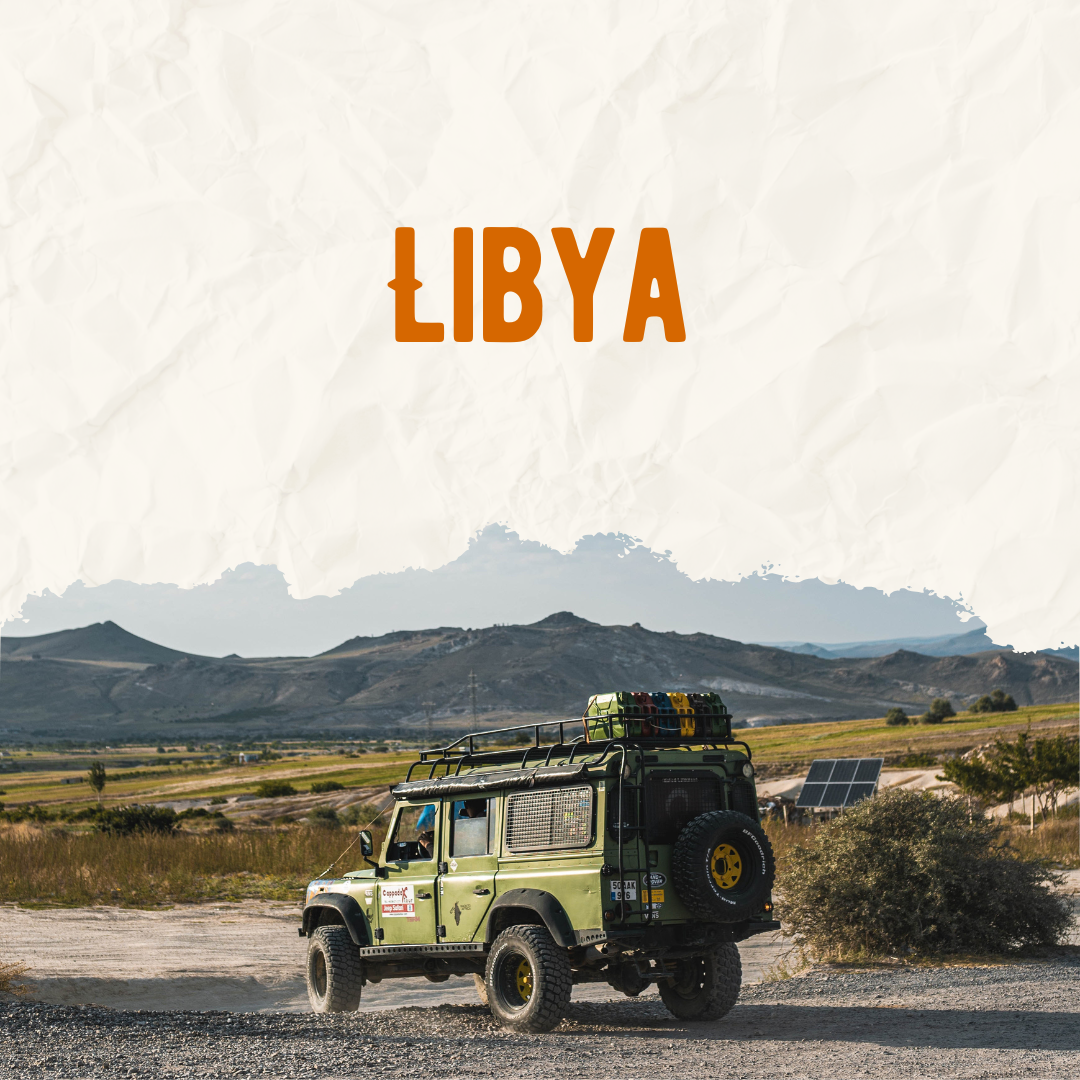The Phoenicians built Magna Sabratha, which later became a Roman city.The beautiful Roman theatre, which has been partially rebuilt and overlooks the sea, is the heart of the city. The site also features bathhouses, Roman temples, and Christian basilicas. When you walk through Sabratha, you can get a close look at how the Romans lived and worked on the northern coast of Africa.Although Sabratha is smaller than Leptis Magna, it is just as interesting, as it is situated right on the water and boasts beautiful architecture.

Tripoli
Tripoli, the capital of Libya, is a modern city that also offers a rich history. The word “Tripolis,” which comes from the Greek word for “three cities,” refers to the old towns of Oea (now Tripoli), Sabratha, and Leptis Magna. The Medina is a walled-off old town in the center of the city, featuring small streets, traditional shops known as souks, and beautiful houses from the Ottoman era. The Red Castle (Assaraya al-Hamra), located on the edge of Martyrs’ Square, is an ancient fort that now houses the renowned Red Castle Museum, which chronicles the history of Libya from prehistoric times to the present day. Tripoli is a must-see destination for anyone who wants to experience the convergence of old and modern Libya. It has a Mediterranean feel, a café culture, and a wide range of architectural styles.
Cyrene
Along with other notable sites around the world, Cyrene is one of the most significant archaeological sites in North Africa. Cyrene was a Greek colony that began in the 7th century BCE and later became a Roman city. It is located in northeastern Libya, close to the town of Shahhat. Because it was built during the Hellenistic period, it differs from Leptis Magna and Sabratha. There is a huge Temple of Zeus in the ruins—bigger than the Parthenon—as well as an arena, a theatre, and several holy places. The nearby Jebel Akhdar (Green Mountain) area is even more beautiful, featuring lush, high scenery that is rarely seen in Libya.
Apollonia
Apollonia was an ancient city that served as Cyrene’s port. It is only a few kilometers away. It is an interesting place to visit because the ruins go out into the water, making it seem strange to walk along columns and streets that are underwater. There are three Byzantine churches, Roman baths, and a theatre that stand out. It’s beautiful to see the spot at dusk when the ruins glow against the Mediterranean. Together, Cyrene and Apollonia show how Greeks and Romans lived in coastal North Africa in the past. Ghadames. Ghadames is an ancient oasis town located on the border between Libya, Tunisia, and Algeria. It is known as the “Pearl of the Desert.” This is another UNESCO World Heritage Site. It is one of the oldest towns built before the Sahara. Ghadames is renowned for its traditional mud and whitewashed buildings, as well as its narrow streets and shaded pathways that provide relief from the scorching sun. The town was built to handle the tough weather, and its plan encourages people to live together and stay cool. Modern Ghadames has expanded beyond the old city, but the historic center remains largely unchanged. It demonstrates the creativity of the Berbers and their way of life in the desert.

The Acacus Mountains and the Sahara Desert
When you visit Libya, be sure to travel to the Sahara Desert, which occupies the majority of the country’s central region. The Acacus Mountains (Tadrart Akakus) in southwestern Libya, near the border with Algeria, are a must-see destination. The ancient rock art in this area dates back over 12,000 years and is renowned worldwide. The drawings and carvings show scenes from daily life, including animals, traditions, and people going about their daily lives in the Sahara. The scenery is also very impressive, featuring huge dunes, steep rock formations, and dramatic valleys that change color with the light. Trekkers, geologists, and those interested in culture and history love this place.
The attack in Benghazi
Benghazi, Libya’s second-largest city, has a distinct culture and political atmosphere. Benghazi has been a major port and trade hub since the time of the Greeks and Romans, though it does not have as many historical sites as other areas. Recent wars have had a big impact on the city, but its cultural scene is showing signs of recovery. With its Art Deco Art Deco and Neoclassical buildings, the Italian Quarter showcases how Libya was once a colony of Italy. You can also get to the Jebel Akhdar region from Gaza. This area features woods, hills, and rivers, providing a welcome contrast to Libya’s typically dry landscapes.
Red Tadrart (Tadrart)
The Tadrart Rouge Mountains are an extension of the Sahara’s unique and striking scenery. They are often referred to as the “younger sister” of the Acacus Mountains. It is in the very south and is a photographer’s and desert lover’s dream. The area features tall red sandstone hills, deep valleys, and unusual rock formations that were created by wind erosion. It also features old rock art, but not as much as Acacus, which makes it even cleaner. Accessing this area typically requires a 4×4 vehicle and a local guide who is well-versed in the region. But the prize is an amazing desert trip you’ll never forget.
Tobruk
Tobruk is a significant location for those interested in World War II history. It is located in northeastern Libya, near the border with Egypt. It was a major battleground during the North African war, with both Allied and Axis troops present. People can look around at war graves, monuments, and military artifacts that honor the lives of troops from all over the world who died in battle. The town itself is a peaceful beach spot with a growing tourist infrastructure. Things you should think about before going to LibyaCurrently, traveling to Libya is not as straightforward as visiting other countries due to safety concerns, limited diplomatic support, and restricted access to certain areas. However, for those who can plan a trip through reliable local contacts or specialized tour companies, it can be a truly satisfying experience. Some travel tips are: Most countries require visas, which must be obtained in advance of travel. Most of the time, you need a local guide or sponsor to travel within the country. There are big differences in security between regions. Some are safe, while others remain hazardous due to ongoing political issues. It is strongly recommended that you purchase travel insurance that covers high-risk destinations. Being aware of other cultures is important. Libya is a strict Muslim country, so tourists should dress modestly and follow the rules of the country.

In conclusion
Libya is a place with many differences, mysteries, and significant historical value. From the wild Roman sites of Leptis Magna and Sabratha to the desert refuges of Ghadames and the Acacus Mountains, the country is a one-of-a-kind destination for history, culture, and adventure enthusiasts. Travelers will still encounter some challenges, but those who are willing to venture off the beaten path will discover Libya’s stunning natural beauty and rich historical treasures. Libya could become one of the most interesting places to visit in North Africa again in the future once it has become more stable and developed better infrastructure.

Leave a Reply